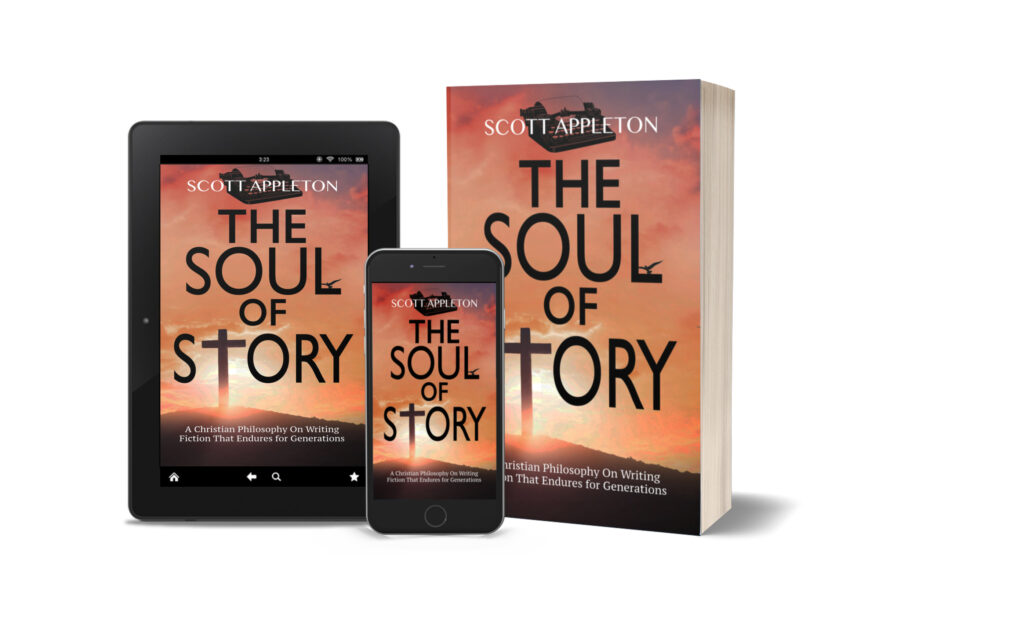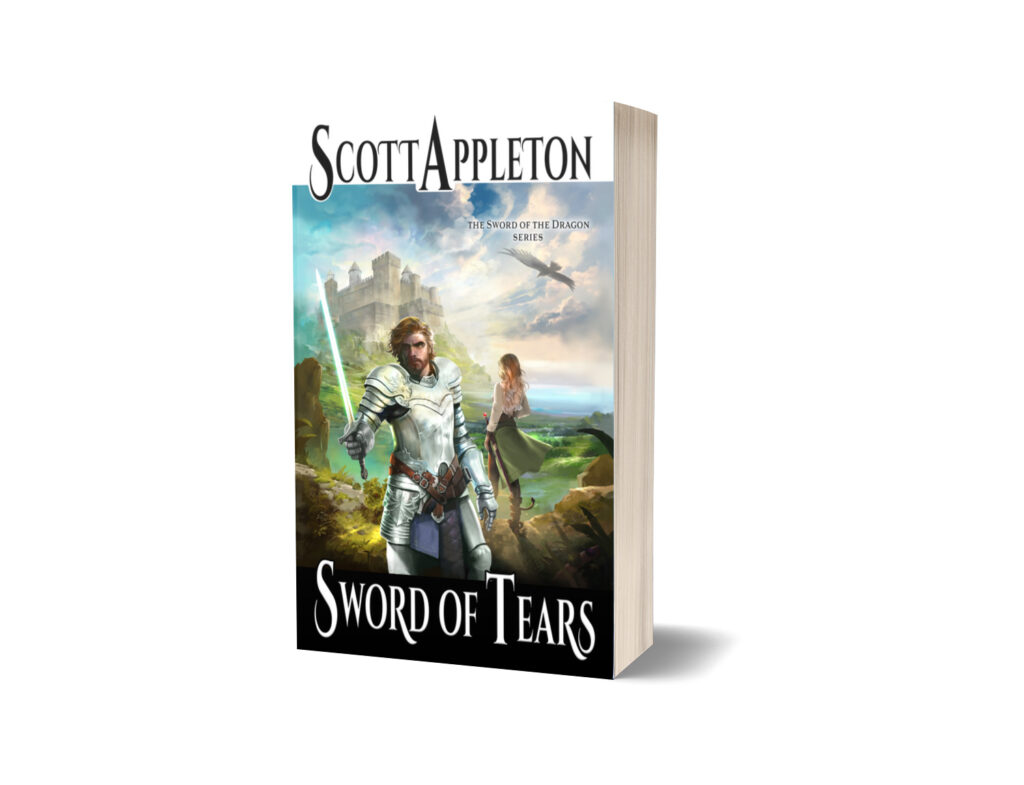When writing my fantasy novels it is frequent to encounter (you guessed it) violence. Targeting my books to the middle grade and young adult readers this is of great concern to me. I don’t want to wash over the violence but I don’t want to glorify it in the eyes of the reader either.
Consider that violence is sometimes necessary to convey the cost of wrongs done. I think of how the Bible narrative is full of violence. Violence wrought by the good, the evil, and by God himself. Blood spilled, sacrifices of life and limb made. But this violence is not glorified, instead its purpose is shown. Whether the will of God to wipe a degenerate nation from the face of the earth, or allowing the Babylonians to conquer and enslave the Jews.
Too often contemporary fiction glorifies the violence by turning it into entertainment. Entertainment, whether in the form of a book or a movie, can and should display violence as a means to an end. A lesson must always be understood, subtly taught, so that the reader comprehends the relational and eternal consequences of such actions. Unless this is done the reader, and especially young minds, can follow the violence itself as an entertainment and subconsciously accept it as an end of its own.
In properly thought out books the reader will learn to respect certain actions and despise others. They should be able to picture themselves as the knight riding into battle and ramming his lance into the heart of a wicked tyrant. But on the same note they should also picture themselves looking with pity upon that tyrant’s corpse and wishing that another resolution might have been possible. We don’t need to glorify violence, but we don’t need to despise it either. It is admirable to slay the invader, save the fair maiden, and pray to God for mercy on those who have fallen.
It is admirable to wield the sword in battle… yet the greatest admiration should be given to the knight who knows when to show mercy to his enemy. The knight whose heart dreads violence and yet will not shy from vanquishing his foes when need be.
Question: How do you view violence in fiction?


Recent Comments